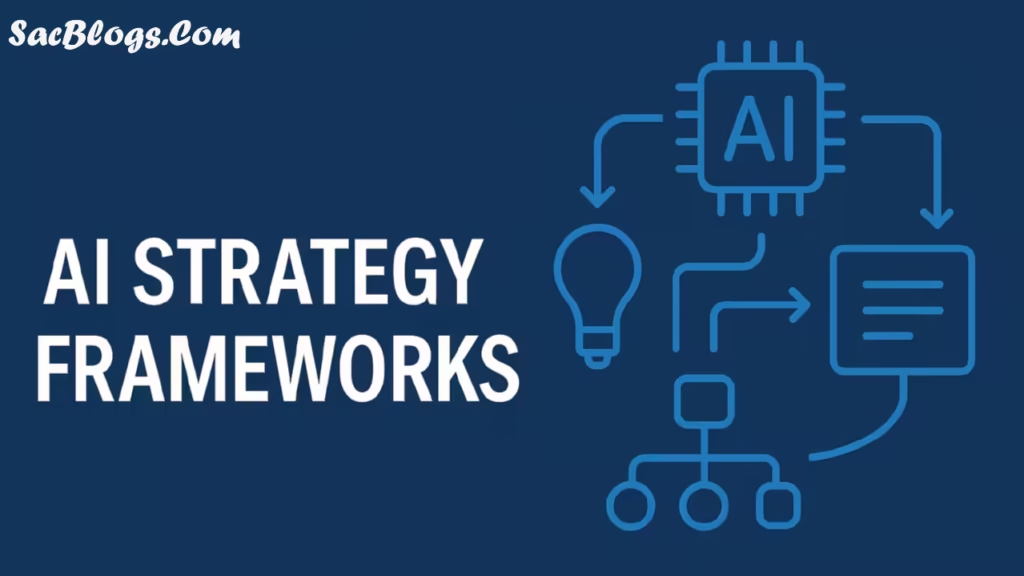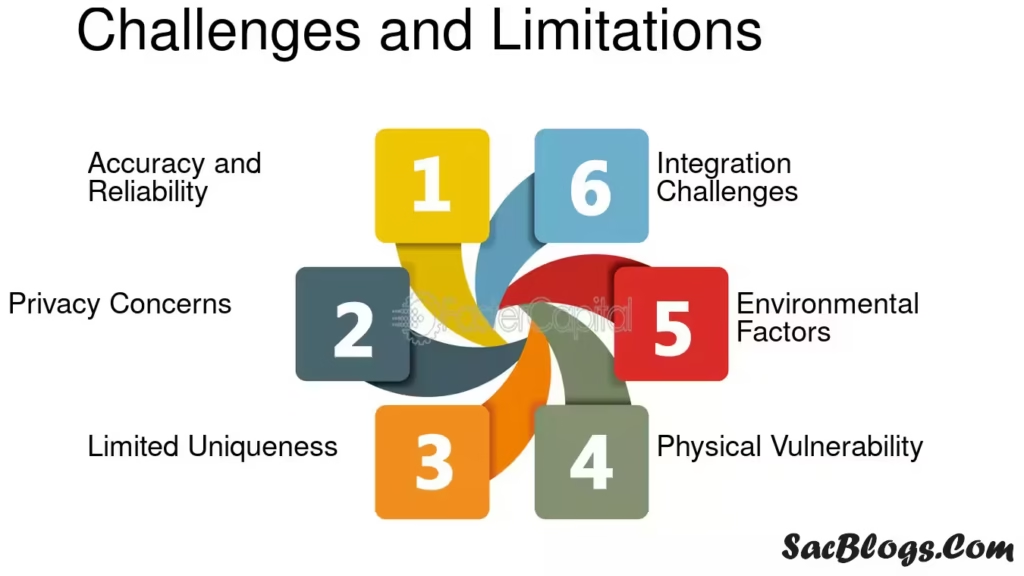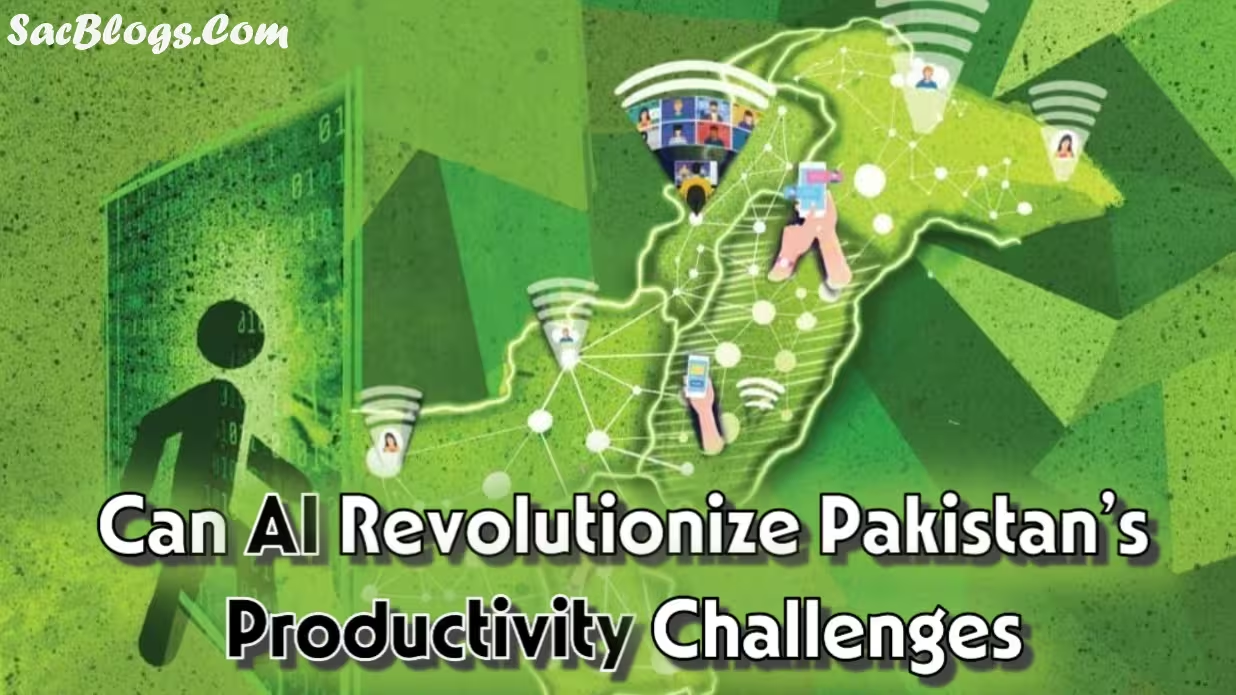AI Revolutionize Pakistan’s Productivity Challenges. Pakistan stands at a critical juncture in its economic development journey. Despite having one of the world’s largest youth populations and considerable economic potential, the country has struggled with persistent productivity challenges that hinder sustainable growth. With total factor productivity (TFP) growth ranging between just 0.5% to 1.8%—lower than regional counterparts—Pakistan faces what economists call the “productivity paradox” . This underperformance is particularly puzzling given the country’s demographic dividend and economic aspirations.
Table of Contents
Enter artificial intelligence (AI)—a technological force that is transforming global economies at an unprecedented pace. As Pakistan grapples with its productivity gap, AI emerges as a potential catalyst that could reshape economic trajectories across key sectors. From agriculture to healthcare, finance to governance, AI technologies offer promising solutions to long-standing inefficiencies. However, the path to AI-driven productivity enhancement is fraught with challenges that require strategic navigation.
This article examines the complex relationship between AI adoption and productivity growth in Pakistan, exploring both the transformative potential and practical limitations of this technological revolution. We investigate how AI might address structural inefficiencies while considering the institutional, educational, and infrastructural prerequisites for successful implementation.
Understanding Pakistan’s Productivity Landscape
The Current State of Productivity
Pakistan’s productivity challenges are deeply rooted in its economic structure. Traditional sectors like agriculture and manufacturing continue to dominate but suffer from outdated practices and limited technological adoption. The services sector, while growing, has yet to achieve the efficiency levels necessary to drive substantial economic advancement .
Several factors contribute to this productivity deficit. Regulatory complexities create unnecessary barriers for businesses, while supply chain inefficiencies increase operational costs and reduce competitiveness. Additionally, a significant skills mismatch between workforce capabilities and market demands further exacerbates the problem .
The Measurement Challenge
Quantifying productivity challenges requires understanding both labor productivity (output per worker) and total factor productivity (output relative to all inputs combined). Pakistan underperforms in both metrics compared to peer economies, suggesting systemic rather than sector-specific issues .
Professor Ahsan Iqbal, Pakistan’s Federal Minister of Planning, Development and Special Initiatives, notes that “Productivity is not just about doing more; it’s about doing better. I firmly believe that balancing individual productivity with collective output requires strategies to motivate and support all stakeholders” .

AI’s Transformative Potential Across Key Sectors
Revolutionizing Agricultural Productivity
Agriculture remains the backbone of Pakistan’s economy, employing approximately 38% of the labor force and contributing nearly 23% to GDP. Yet the sector suffers from unpredictable weather patterns, low crop yields, and outdated farming techniques .
AI technologies offer promising solutions through:
- Predictive analytics for weather forecasting and crop planning
- Computer vision systems for monitoring soil quality and crop health
- Automated irrigation systems that optimize water usage
- Precision agriculture techniques that reduce input waste
Pakistani startups like Farmdar are already leveraging AI and space technologies to support sustainable agriculture practices. These innovations enable farmers to make data-driven decisions that enhance productivity while conserving resources .
Through collaboration with China under CPEC, Pakistan can further develop AI-powered precision agriculture frameworks. This partnership could significantly enhance productivity and help ensure food security for Pakistan’s growing population .
Transforming Healthcare Delivery
Pakistan’s healthcare system faces substantial challenges in accessibility, affordability, and quality of care. AI applications are already demonstrating potential to address these issues:
- ConnectHear uses AI to provide sign language interpretation for hearing-impaired individuals, addressing communication barriers for an estimated 1.35 million Pakistanis with disabling hearing loss .
- Xylexa employs AI and computer vision in a SaaS platform that assists caregivers with fast, accurate, and cost-effective medical image diagnosis .
- Diagnostic tools powered by AI can increase rural access to quality services, potentially revolutionizing disease detection and medical imaging for remote clinics .
These applications not only improve healthcare outcomes but also enhance productivity within the healthcare system itself by reducing burdens on overworked medical professionals and facilities .
Modernizing Financial Services
Pakistan’s fintech sector is rapidly growing, with AI playing a pivotal role in enhancing efficiency and inclusion:
- Fraud detection systems that minimize financial losses
- Credit risk assessment models that expand access to capital
- Customer service automation that reduces operational costs
- Digital platforms that reach previously unbanked populations
By leveraging AI, financial institutions can serve more customers with greater efficiency while reducing risks. This transformation is particularly crucial in a country where a significant portion of the population remains outside the formal banking system .
Optimizing Industrial and Manufacturing Processes
In manufacturing, AI technologies can drive productivity through:
- Supply chain optimization that reduces delays and costs
- Predictive maintenance that minimizes equipment downtime
- Energy management systems that reduce consumption
- Quality control automation that improves output standards
These applications are especially relevant given the government’s focus on improving logistics and connectivity to reduce supply chain complexities—a major barrier to productivity optimization identified by Professor Iqbal .

Strategic Frameworks for AI-Driven Productivity Growth
National AI Policy and Institutional Support
Pakistan’s national AI strategy, led by the Ministry of Information Technology and Telecommunication under the Digital Pakistan umbrella, provides a holistic framework for adopting AI across industries. The strategy focuses on four key pillars:
- Enabling infrastructure
- Data governance
- AI research and development
- Ethical guidelines for responsible usage
This policy framework prioritizes AI applications in healthcare, agriculture, education, finance, and governance—sectors where productivity gains can have the most significant impact on national development goals .
Public-Private Partnerships as Catalysts
Collaboration between government, industry, and academia is essential for scaling AI solutions. Successful initiatives include:
- The Presidential Initiative for Artificial Intelligence and Computing (PIAIC) which focuses on mass training and entrepreneurship development
- Accelerators and innovation labs that mentor, fund, and incubate startups in machine learning, data analytics, and automation
- University-industry partnerships on applied research projects that address real-world challenges
These collaborations accelerate innovation while ensuring that theoretical advances translate into practical applications that enhance productivity across economic sectors.
International Collaborations and Knowledge Transfer
Pakistan’s strategic partnership with China, particularly through CPEC, presents significant opportunities for AI knowledge transfer and technological exchange. China’s advancements in AI and commitment to open-source technology can help Pakistan accelerate its digital transformation .
Joint initiatives could focus on:
- Research collaboration between Pakistani and Chinese institutions
- Technology transfer programs that adapt Chinese AI innovations to Pakistani contexts
- Investment partnerships that fund AI startups and scale-ups
- Policy learning exchanges that help Pakistan develop effective AI governance frameworks

Critical Challenges and Limitations
Talent Development and Brain Drain
Perhaps the most significant barrier to AI-driven productivity enhancement is Pakistan’s shortage of skilled AI professionals. The country produces excellent technical graduates, but many seek opportunities abroad, resulting in a substantial brain drain .
Addressing this challenge requires:
- Expanding AI education through specialized degrees at universities like NUST, LUMS, and FAST
- Coding bootcamps and short courses that help mid-career professionals transition into AI-related roles
- Scholarships and outreach initiatives that promote inclusivity, particularly for women and underrepresented groups
- Retention strategies that make domestic AI careers more attractive through competitive compensation and working conditions
Infrastructure and Resource Constraints
AI implementation requires robust technological infrastructure, including:
- High-performance computing resources
- Reliable and affordable internet connectivity
- Cloud computing capabilities
- Data storage and processing facilities
Many Pakistani businesses and institutions struggle with these foundational elements, limiting their ability to adopt and benefit from AI technologies .
Regulatory and Ethical Considerations
As Pakistan embraces AI, it must develop appropriate regulatory frameworks that:
- Ensure data privacy and security
- Prevent algorithmic bias and discrimination
- Establish accountability for AI-driven decisions
- Balance innovation with consumer protection
The national AI strategy acknowledges these concerns by emphasizing “regulation that fosters innovation without compromising transparency and accountability” . However, translating these principles into practical governance mechanisms remains a work in progress.
Economic Accessibility and Cost Factors
While AI technologies offer potential productivity enhancements, their implementation costs can be prohibitive for many Pakistani businesses, particularly SMEs. Fortunately, open-source AI solutions are helping to address this challenge.
Habibullah Khan, CEO of digital product design studio Penumbra, notes that “Building an AI application for a marketing stack using DeepSeek AI is 27x cheaper than ChatGPT” . This cost reduction is crucial for Pakistan, where businesses and institutions often struggle with limited technological resources.

Implementation Roadmap: From Potential to Reality
Short-Term Priorities (0-2 Years)
- Awareness and capacity building through initiatives like the countrywide campaign on productivity, quality, and innovation (PQI)
- Policy harmonization to ensure consistent regulations across federal and provincial jurisdictions
- Pilot projects in priority sectors to demonstrate AI’s productivity benefits
- Digital infrastructure upgrades to support basic AI applications
Medium-Term Initiatives (2-5 Years)
- Workforce development through expanded AI education and training programs
- Research commercialization mechanisms that translate academic innovations into market solutions
- Data governance frameworks that enable secure information sharing while protecting privacy
- Sector-specific AI adoption programs tailored to agriculture, healthcare, and manufacturing
Long-Term Vision (5-10 Years)
- AI-integrated economic planning that embeds predictive analytics into policy development
- Global leadership in niche AI applications relevant to developing economies
- Self-sustaining AI innovation ecosystem with reduced dependence on international funding
- Comprehensive productivity transformation across all economic sectors

Conclusion: Balancing Optimism with Realism
Artificial intelligence holds tremendous potential to address Pakistan’s persistent productivity challenges. From agriculture to healthcare, finance to manufacturing, AI technologies offer tools to enhance efficiency, reduce costs, and improve outcomes. The country’s national AI strategy, growing startup ecosystem, and international partnerships provide a foundation for meaningful progress.
However, realizing AI’s productivity benefits requires addressing significant challenges related to talent development, infrastructure, regulation, and accessibility. Technological solutions alone cannot overcome structural economic issues; they must be embedded within broader policy frameworks that address institutional weaknesses and market failures.
Pakistan stands at a digital crossroads. By embracing AI strategically and inclusively, the country could potentially accelerate its economic development and improve living standards for its growing population. As Professor Ahsan Iqbal emphasizes, the path forward requires “investing in people and technology, developing infrastructure, and fostering collaboration between the public and private sectors” .
The question is not whether AI can solve Pakistan’s productivity challenges, but rather how Pakistan can harness AI as part of a comprehensive approach to sustainable economic development. With careful planning, strategic investment, and inclusive implementation, AI could indeed become a powerful catalyst for productivity enhancement—but it is no magic bullet. The future of Pakistan’s productivity will be shaped not by technology alone, but by the human wisdom with which it is deployed.
Read Also: From Factories to Freelancing – How AI is Reshaping Pakistan’s Economic Landscape
Frequently Asked Questions (FAQs)
How exactly can AI improve agricultural productivity in Pakistan?
AI enhances agricultural productivity through predictive analytics for weather forecasting and crop planning, computer vision systems for monitoring soil quality and crop health, automated irrigation that optimizes water usage, and precision agriculture techniques that reduce input waste. Pakistani startups like Farmdar are already leveraging these technologies .
What are the main barriers to AI adoption in Pakistan’s industries?
The primary barriers include talent shortages due to brain drain, limited technological infrastructure, regulatory uncertainties, high implementation costs for many businesses, and cultural resistance to technological change. Additionally, many businesses lack the digital literacy required to effectively implement AI solutions .
How is Pakistan addressing the AI talent shortage?
Pakistan is expanding AI education through specialized degrees at universities, coding bootcamps, and short courses for mid-career professionals. Initiatives like the Presidential Initiative for Artificial Intelligence and Computing (PIAIC) focus on mass training, while scholarships and outreach programs aim to promote inclusivity in technology education .
What role does China play in Pakistan’s AI development through CPEC?
China provides technological collaboration, knowledge transfer, and investment partnerships through CPEC. This includes joint research initiatives, technology adaptation programs, and developing AI applications for key sectors like agriculture, healthcare, and education .
How can small and medium enterprises (SMEs) in Pakistan afford AI solutions?
Open-source AI technologies like DeepSeek AI have significantly reduced costs—making AI application development up to 27 times cheaper than using proprietary solutions like ChatGPT. This cost reduction makes AI more accessible to Pakistani businesses with limited resources .
What measures are being taken to ensure ethical AI use in Pakistan?
Pakistan’s national AI strategy emphasizes ethical guidelines for responsible usage, focusing on data security, transparency, and accountability. The policy framework aims to balance innovation with appropriate safeguards against abuse and prejudice .
How does AI contribute to financial inclusion in Pakistan?
AI enables financial inclusion through alternative credit scoring models that serve populations without traditional banking histories, fraud detection systems that make digital transactions safer, and automated customer service that reduces operational costs for serving low-income customers .
Can AI help address Pakistan’s healthcare accessibility challenges?
Yes, AI-powered diagnostic tools can extend quality healthcare to rural areas through telemedicine and remote diagnosis applications. Solutions like Xylexa’s medical image diagnosis platform make healthcare more accessible and affordable .
What is the government’s role in promoting AI for productivity enhancement?
The government is developing policy frameworks, funding research initiatives, facilitating public-private partnerships, and supporting infrastructure development. Institutions like the National Productivity Organization (NPO) are working on initiatives like the National Productivity Master Plan (NPMP) .
How might AI impact employment in Pakistan?
While AI may automate some repetitive tasks, it is also creating new roles in AI development, data management, and ethical governance. For Pakistan’s sizable working-age population, AI presents an opportunity to transition into value-added job sectors, provided appropriate reskilling programs are implemented .







1 thought on “Can AI Revolutionize Pakistan’s Productivity Challenges? Opportunities and Realities”